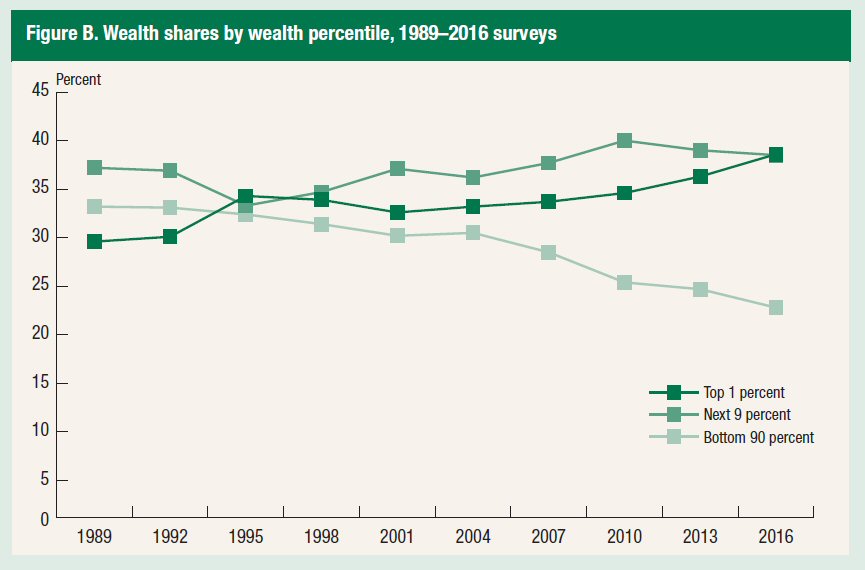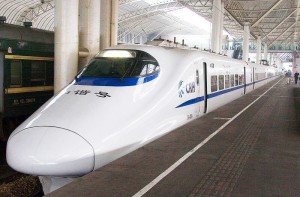December 25, 2017
Background
President Trump did not cause America’s decline; it’s been many years in the making. Once the preeminent surplus nation with a strong manufacturing base, it has morphed into an alarming case of perennial trade deficits and a (growing) $20.1 trillion national debt, the worst in history.
Facts
The President is not wrong about everything: a sovereign nation has the right to pass and enforce any immigration legislation it wishes and to seal its borders if it so chooses. As for the economy, it definitely needs to be revitalized.

However, that will happen only when the wealth of the middle class grows at a rate equal to or higher than the top 10% of the population; when the low job participation rate is substantially improved; when progressive taxation equal to or similar to the Eisenhower years (a much respected Republican) is restored; when the housing crisis for everyone but the wealthy disappears; when real estate prices become affordable for at least 90% of potential buyers; when our public universities are free or nearly so, as in 1949 , so the mass of our youth can be trained in STEM careers so they can lead or at least hold their own in research and development, as the President wishes, when the cost and quality of health care for the non-wealthy is at or near the median cost in other developed nations ; when we as a nation start heeding President Eisenhower’s warning about the military industrial complex; and when nuclear weapons are universally abolished before –as President Kennedy put it- “they abolish us.”
Divergent
Unfortunately the President’s strategic vision, speeches and tweets –reportedly official policy- on how to tackle these and other critical problems are the very antithesis of what’s needed to reduce –let alone eliminate- them.
While adequate campaign fodder, his oft-repeated mantra of “America Great” has isolated and dissolved any remaining good will for the U.S. among non-vassal nations. Only when one substitutes “hegemonic” for it does the true meaning become crystal clear:
• A balance of power that favors the United States
• Our task is to ensure that American superiority endures
• The United States must preserve our lead in research and technology;
• We will embrace America’s energy dominance because unleashing abundant energy resources stimulates our economy.
• When American does not lead, malign actors fill the void to the disadvantage of the U.S.
Analysis
A balance of power that favors the United States requires a new costly arms race, this time against China and Russia combined. As a result, it requires the government’s continued ability to borrow and increase the national debt without restraints, predicated on the belief that the 2018 tax reforms will flood Wall Street once more with the lion’s share of the world’s surplus capital. That would finance our twin deficits, preserve the dollar’s privileged position as the premiere reserve currency of the world, and successfully compete with China’s growing economic, political and military challenge.
These expectations are unrealistic. China’s economy bears no resemblance to the defunct Soviet Union; the former is growing at a rate at least three times faster than ours and its customer base is four times larger. As a result, its tax revenue will at some point surpass ours, and from then on the gap will grow by orders of magnitude. As for Russia, while not in the same economic league as the U.S. and China, its vast natural resources, strategic geographic location and advanced defense and aerospace industries gives it sufficient leverage to engage China in a quasi symbiotic relationship. The sheer weight of China’s growth rate will trump any attempt to contain its growing mercantile and financial influence. Proof of that is that already every major ally of the U.S. has already joined, over Washington’s boisterous initial objections, the Chinese-led Asian Infrastructure Investment Bank. Germany, Japan, Taiwan and South Korea, are resource-poor countries whose economies depend on perennial trade surpluses. By default, they’ll gravitate toward the Chinese and (increasingly) Indian markets. The U.S. market, with fewer customers, will become less influential.
American costs are (still) higher than China’s. Accordingly, the U.S. government is compelled to pay more for comparable weapons systems, a disadvantage compounded by the fact that every dollar spent on weapons is a dollar withheld from much needed investment in other sectors of the economy. This of course will only magnify the growing disparity between Chinese and American infrastructure and contribute to our inability to create well paying jobs in the U.S., a necessity to substantially improve the job participation rate.
American Interests
The President has stated, but not defined, “American interests to be the true North Star.” As with all undefined policies, an ounce of specificity would go a long way: he could spell out what they are and explain how they affect the plight of ordinary voters, the overwhelming majority.
Trade Imbalances
“We will insist upon fair and reciprocal economic relationships to address trade imbalances.”
There’s no question that America cannot continue to have perennial trade deficits. The solution is simple. Let American workers –native born and immigrants but not robots controlled by artificial intelligence- make our clothes, manufacture all consumer goods, put a tariff on all foreign-made products. With such an abysmal job participation rate, it should not be hard to fill these positions if workers are paid what they used to earn in today’s dollars, adjusted for inflation. Can’t have a trade war and win? Then come up with an alternative, because the status quo will perpetuate the deficits. If nothing is done there’s a danger that at some point China might demand payment for the goods they manufacture with an exchange medium other than fiat paper currency. It did precisely that just prior to the Opium Wars: it demanded silver.
Energy
The President has pulled the U.S. out of COP21 and adopted a policy of exploiting our coal, oil and gas reserves as much as possible. It should be noted that all these activities are largely automated. Giant machines strip mine the coal, and electric pumps supply the gas and oil. As a result, the number of actual jobs they create is relatively small. What this policy does do is protect the shareholders of these industries, a small minority since most shares in America are owned by a small percentage of wealthy individuals. It also unabashedly continues to release more carbon in the atmosphere in total disregard to a mountain of painstakingly researched warnings from renowned scientists that anthropomorphic climate change is actually worse than previously believed and that the concentration of carbon particles in the air is increasing.
Conclusions
The message conveyed by the President’s National Strategic Strategy is that the ruling elite believe the best way for the United States to hang on to its wealth and power is by overpowering China and Russia, the two countries specifically named by the President as adversaries. This way of thinking is not a consequence of self confidence; rather it is raw fear that if we lose our hegemony we’ll inevitably suffer the same fate of decay and irrelevance that afflicted all other empires including Portugal, Spain, the Netherlands, France and Great Britain. There is some truth in that but the transition to a multi-polar world can be gradual and imperceptible, not sudden and cataclysmic. We should cooperate with China and India to help them develop by supplying them with as much hydrogen as possible so they can use it to generate electricity and manufacture pure water at sites of their choosing. If we do that we’ll correct the trade imbalance, create an avatar income stream for American homeowners to compensate them for the coming massive layoffs due to robots and artificial intelligence, and clean up the environment. Yes, shareholders of fossil fuels, nuclear fission and utilities will lose some of their wealth. But since it would happen gradually, they would have an opportunity to invest at ground level in a new solar-hydrogen-gravity economy, the only way we’ll ever stop dumping carbon dioxide in the atmosphere.




